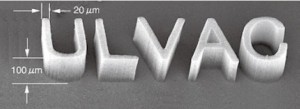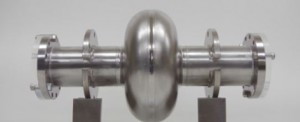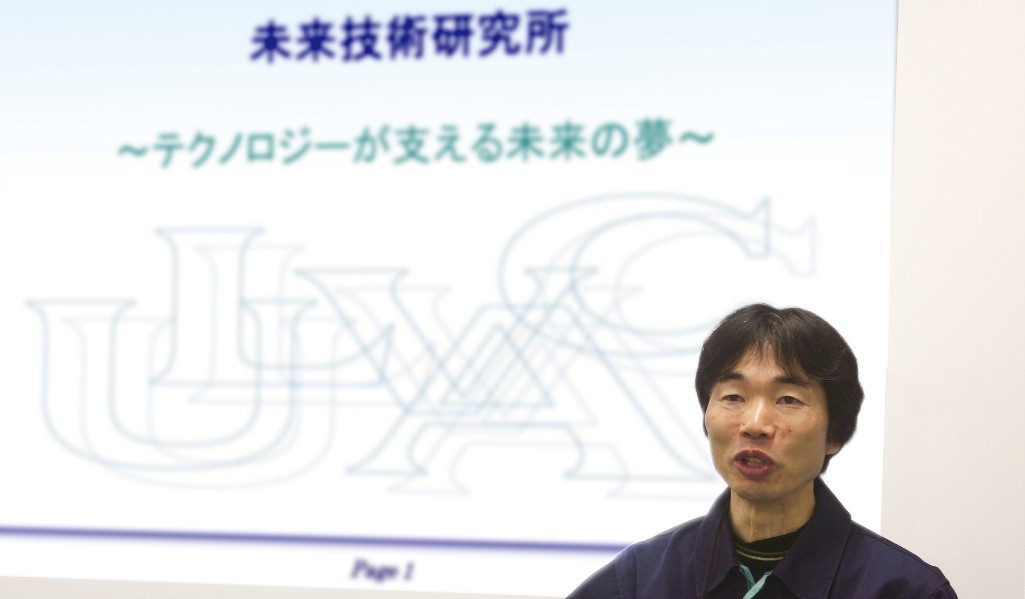This post is also available in: Japanese
Ask Hirohiko Murakami(General Manager of the Future Technology Research Laboratory of ULVAC)
– Toward Creating Future Core Competence
On July 1, 2015, ULVAC established the Future Technology Research Laboratory in Tsukuba, Ibaraki (headed by Hirohiko Murakami) to create next-generation business. The Laboratory aims to create innovation by researching “future technology,” as its name indicates, to further leverage ULVAC’s
strengths of developing devices and researching materials.
Introduction
ULVAC was founded in 1952 with the determination to contribute to Japan’s industrial recovery with vacuum technology. Since vacuum technology was not widely used at that time, we established a vacuum technology research department ahead of other Japanese companies, starting to tackle challenges of the industry using all of our intellectual powers.
As a result, the research department has contributed to the industry representing each postwar period with our advanced technology, giving priority to research and development and cooperating with our production department. These industries include heavy industry from 1955, secondary industry, such as home electronic appliances, automobiles, and foods, from 1965, and the electronics industry, such as semiconductors, between 1975 and 1990.
Vacuum technology is now considered a promising key technology essential to the fields of information equipment related to IoT (Internet of Things), energy, and advanced medical treatment.
In recent years, it has become important to promote research and development from a long-range perspective to conduct stable and continuous corporate activities in the industry, which keeps changing and making progress. That is why the Future Technology Research Laboratory was established under our management policy of creating innovative business with an overwhelming competitive edge, or core competence.
For What Purposes Was the Laboratory Established?
The Future Technology Research Laboratory aims to create innovation that surpasses existing technology by researching “future technology,” as its name indicates.
As conditions surrounding us have changed significantly, the challenges we should solve have also become diversified and increased. In this situation, we believe that researchers need to always have challenging research themes of creating something new with the originality of creating one from zero.
It is no exaggeration to say that R&D-oriented companies, like ULVAC, are obligated to create new technology and new social value. We will keep proposing new technology leading the company’s management and business strategies to make every possible contribution to the company’s future.

What are the Research Themes of the Laboratory?
We started our operations with the Surface Treatment Development Center and three research fields (next-generation energy, electronics, and
materials). With a basic policy of “open innovation and an open research laboratory,” we will search for valuable research themes leading to inhouse
ventures together with other R&D departments and work on such themes.
Our research themes, unlike those of university and public research laboratories, will focus not only on academic contributions of accumulating scientific knowledge, but also on contributions to creating future business and core competence.
What Social Contributions Does the Laboratory Make?
Energy is an important global issue. We wish to bring a sustainable future to society and companies by developing technology that can explore the energy frontier.
To achieve this goal, we find it effective to research ultimate storage batteries for expanded use of renewable energy and energy harvesting, which reuses waste heat as energy. We will put extra focus on next-generation secondary batteries, which use CNT (carbon nanotubes) and are one of the materials we have researched, for electrodes.
What is the Research Policy of the Laboratory?
A department whose performance directly influences the company’s performance needs to create business models with the selection and concentration of its operations because failure is unacceptable. On the other hand, a research laboratory should conduct free-minded and flexible activities without the selection and concentration of its operations. In fact, failure can be considered a role of a research laboratory. Failure is classified into two types: mere failure and failure opening the way to the future. Many failures in research activities are achievements opening the way to the future.
To make failures in research activities useful ones, it is important to realize the visions and concepts of research themes one by one. For this reason, I believe that we should not easily reject proposed research themes only because they seem difficult or unacceptable. I hope that each researcher has enough vitality to take the initiative and leadership in his research theme.
What are the Necessary Qualifications of Researchers?
I believe that innovations emerge from interdisciplinary exchanges.
It is generally not difficult to find an opportunity to participate in such exchanges, but to be able to come up with new ideas also requires you to incorporate the knowledge of different disciplines. Merely gathering to socialize and sip on beverages may foster exchange of information, such as research topics, among organizations, but will never lead to breakthroughs.
A good example of exploring different fields is how Watson and Crick discovered the double helix structure of DNA in 1953. They found a clue to this discovery in X-ray diffraction used to analyze crystallographic structures. When they analyzed the structure of DNA with this technique, they found that DNA has a double helix structure.
In this example, biological experts began a new phase of science by applying a physiological technique. This is the type of interaction among different fields that I want to see in the Laboratory.
At the Future Technology Research Laboratory, one of the qualities we look for in a researcher is a daring attitude. We aim to train researchers who not only have such an attitude but also show spirit in competing with other researchers and pioneering in new fields. We welcome those who aspire to be such researchers.



